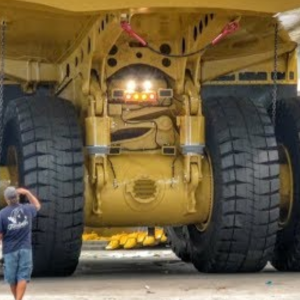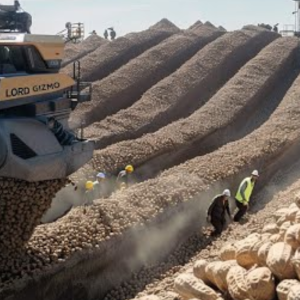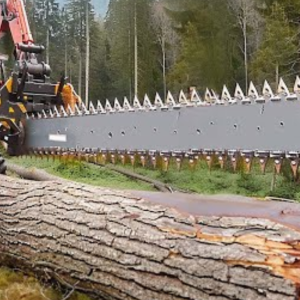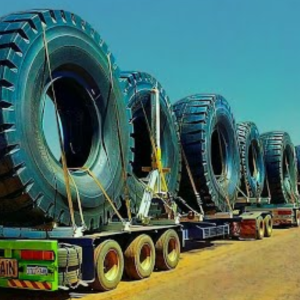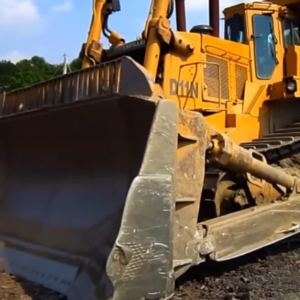
In 1953, a young car designer named Richard A. Teague introduced himself to the automotive world with the Packard Balboa.
Richard A. Teague is best known to car enthusiasts as the vice president of design at American Motors from 1964 to 1983. However, Teague actually began his styling career at General Motors, where he worked in the Olds and Cadillac studios. He then moved to Packard in 1952, where he was appointed chief stylist under Edward Macauley, director of styling. There, Packard’s new president, James Nance, handed Teague a choice assignment: to design a hardtop roof with a single requirement: It had to be different.
Teague’s response was what he called a Canopy Top, featuring an extended C-pillar with a reversed back angle, while a generous overhang at the rear shielded the almost vertical backlite from sun, rain, and snow. (Variations on this theme would later appear on the Packard Predictor, 1958 Lincolns, and Mercury Breezeways.) According to one magazine at the time, Teague’s novel roof design was known at Packard as Project Rooftop. A show car was prepared based on the limited-edition 1953 Carribbean convertible, then just starting production. The custom hardtop’s name was the Balboa-X, later shortened to simply Balboa.

In Packard’s official account, the custom steel top and other changes on the Balboa were done in-house, while Mitchell & Bentley in Ionia, Michigan handled the trim work. However, according to Leon Dixon in his informative book Creative Industries of Detroit, the roof panel and other modifications were actually performed by Creative, the Motor City’s leading prototype builder. That’s not surprising. it’s common for the Detroit automakers to farm out this type of work to specialized fabricators, and then fail to credit them. The supplier gets the lucrative work and the client takes the glory.

Along with the unique roof, special touches included embroidered upholstery and a continental spare tire. The paint was standard Packard Ivory below the beltline and a custom maroon color on the top. Introduced alongside the Carribbean in the spring of 1953, the Balboa was a hit on the show car circuit—so much so that it was given some 1954 model year updates and displayed for another year.
Below are Packard head of engineering Bill Graves (left) and styling chief Edward McAuley, where they may be performing a bit of pantomime. According to the Packard press materials the rear glass could be electrically raised and lowered, but as time ran short, the hardware was never designed or installed so the glass was stationary. Once the Balboa was retired it was acquired by Teague, then passed through a succession of private owners, and it still survives today in fine condition. There’s a second Balboa, too. Don Mitchell of Mitchell-Bentley liked the car so much he had another Caribbean converted into a Balboa, and it’s still around as well.

